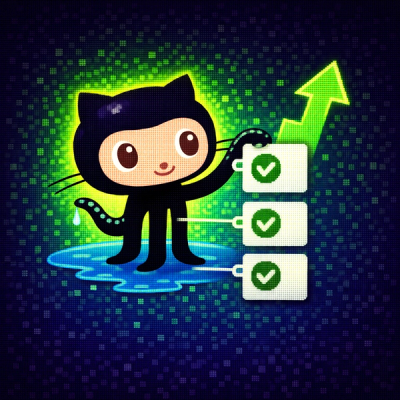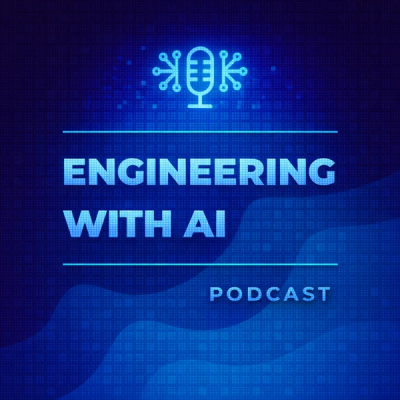
Security News
GitHub Actions Pricing Whiplash: Self-Hosted Actions Billing Change Postponed
GitHub postponed a new billing model for self-hosted Actions after developer pushback, but moved forward with hosted runner price cuts on January 1.
lifelines
Advanced tools

What is survival analysis and why should I learn it? Survival analysis was originally developed and applied heavily by the actuarial and medical community. Its purpose was to answer why do events occur now versus later under uncertainty (where events might refer to deaths, disease remission, etc.). This is great for researchers who are interested in measuring lifetimes: they can answer questions like what factors might influence deaths?
But outside of medicine and actuarial science, there are many other interesting and exciting applications of survival analysis. For example:
lifelines is a pure Python implementation of the best parts of survival analysis.
If you are new to survival analysis, wondering why it is useful, or are interested in lifelines examples, API, and syntax, please read the Documentation and Tutorials page
See our Contributing guidelines.
FAQs
Survival analysis in Python, including Kaplan Meier, Nelson Aalen and regression
We found that lifelines demonstrated a healthy version release cadence and project activity because the last version was released less than a year ago. It has 1 open source maintainer collaborating on the project.
Did you know?

Socket for GitHub automatically highlights issues in each pull request and monitors the health of all your open source dependencies. Discover the contents of your packages and block harmful activity before you install or update your dependencies.

Security News
GitHub postponed a new billing model for self-hosted Actions after developer pushback, but moved forward with hosted runner price cuts on January 1.

Research
Destructive malware is rising across open source registries, using delays and kill switches to wipe code, break builds, and disrupt CI/CD.

Security News
Socket CTO Ahmad Nassri shares practical AI coding techniques, tools, and team workflows, plus what still feels noisy and why shipping remains human-led.